WWII 1944 Mindanao Royal Australian Air Force Pilot Philippines Campaign Bailout Silk Survival Map
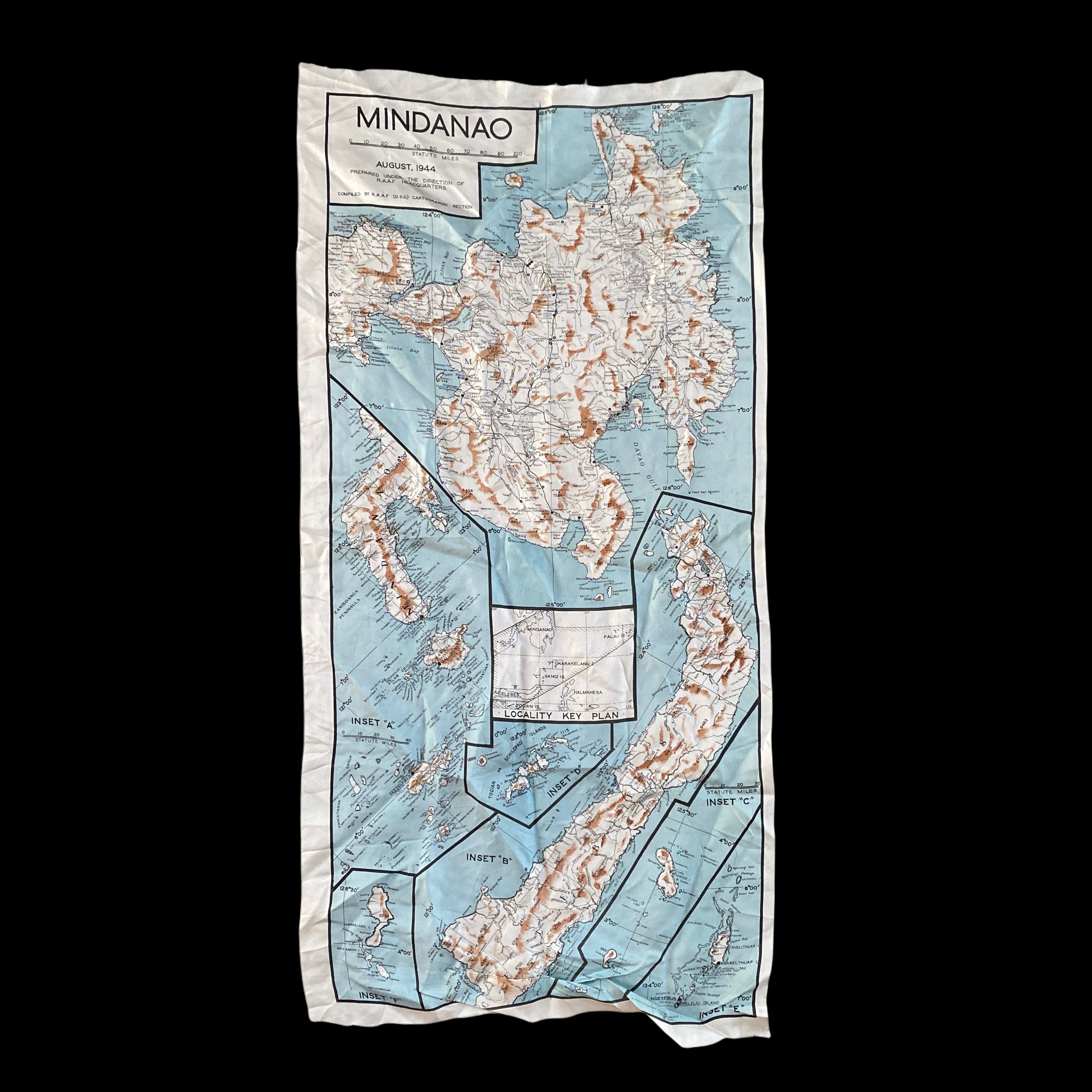
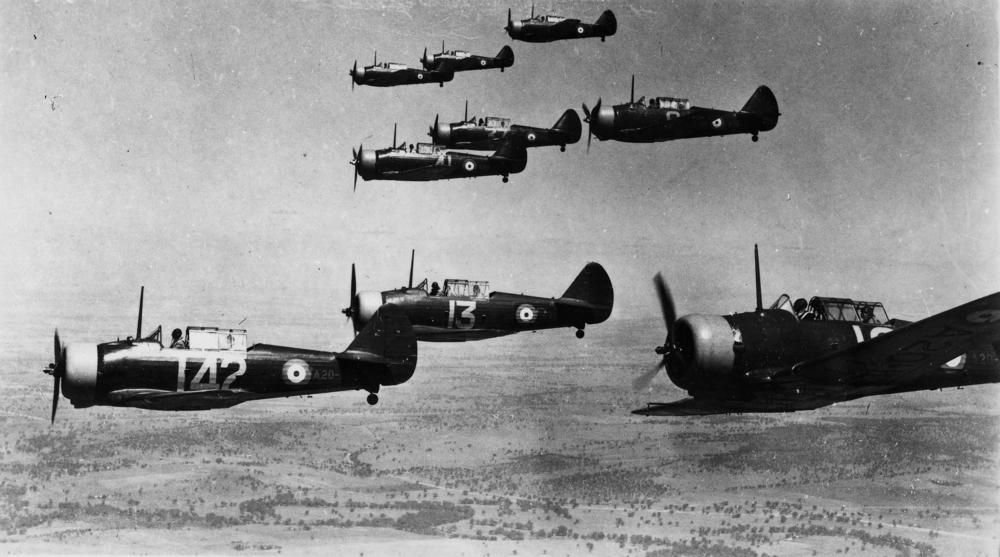
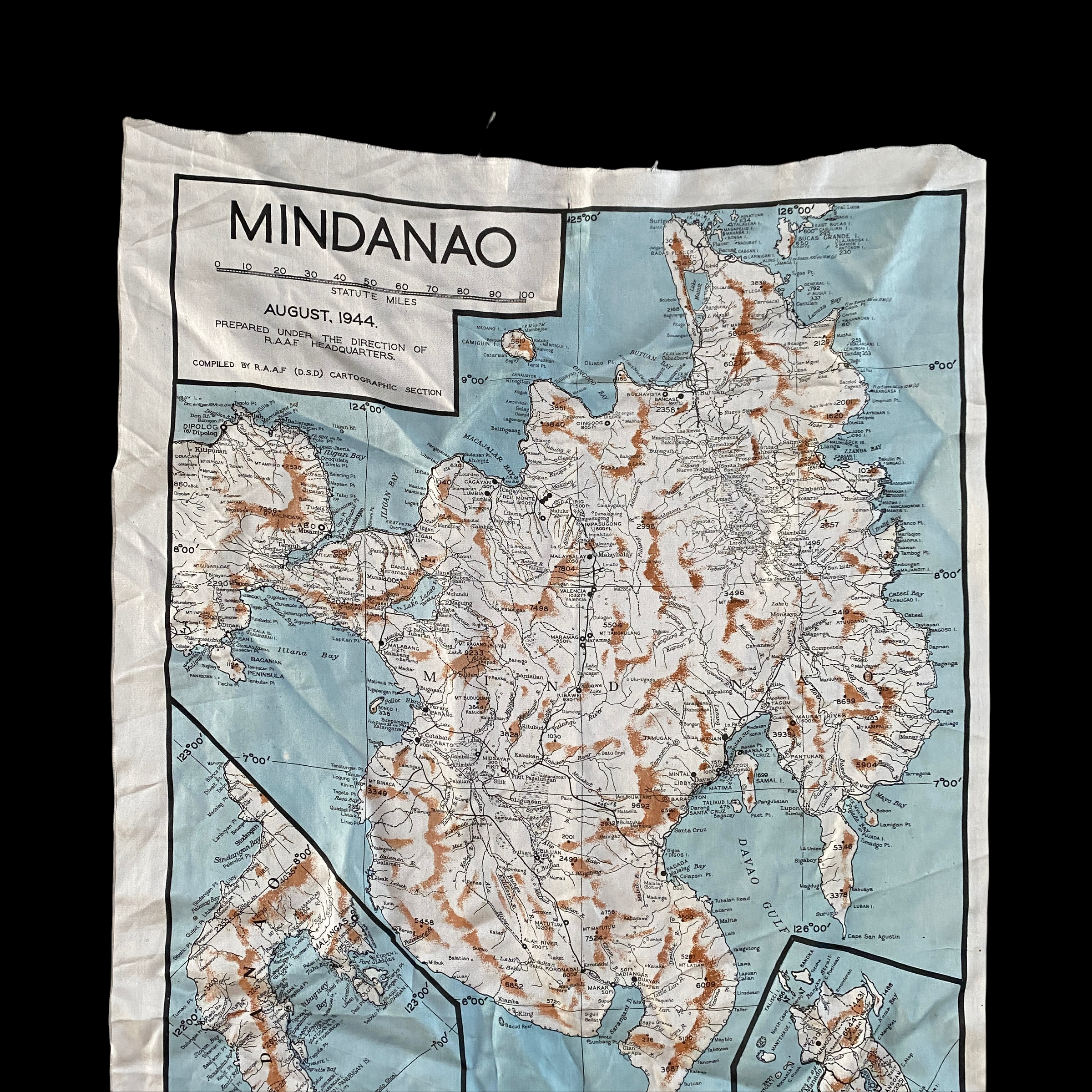

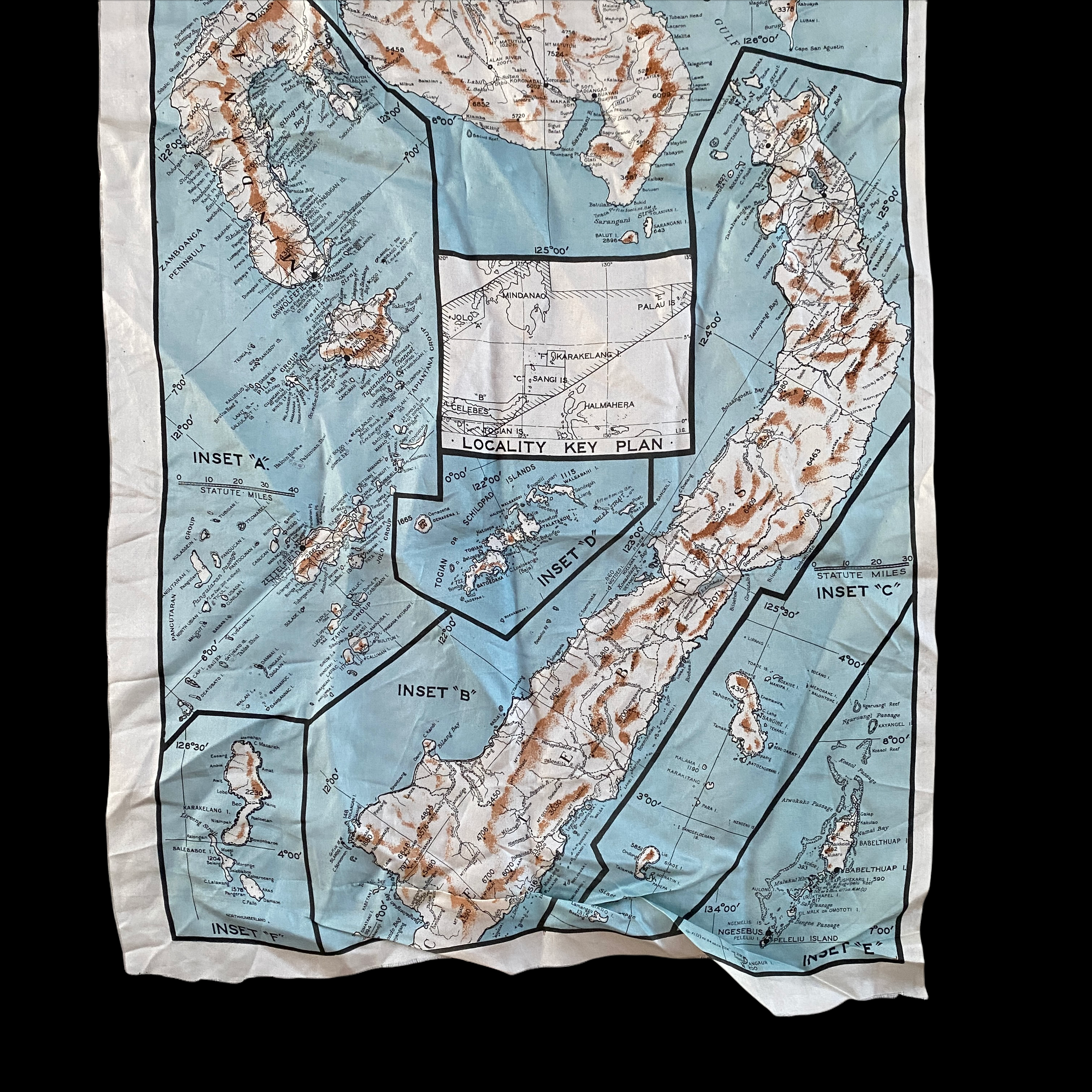
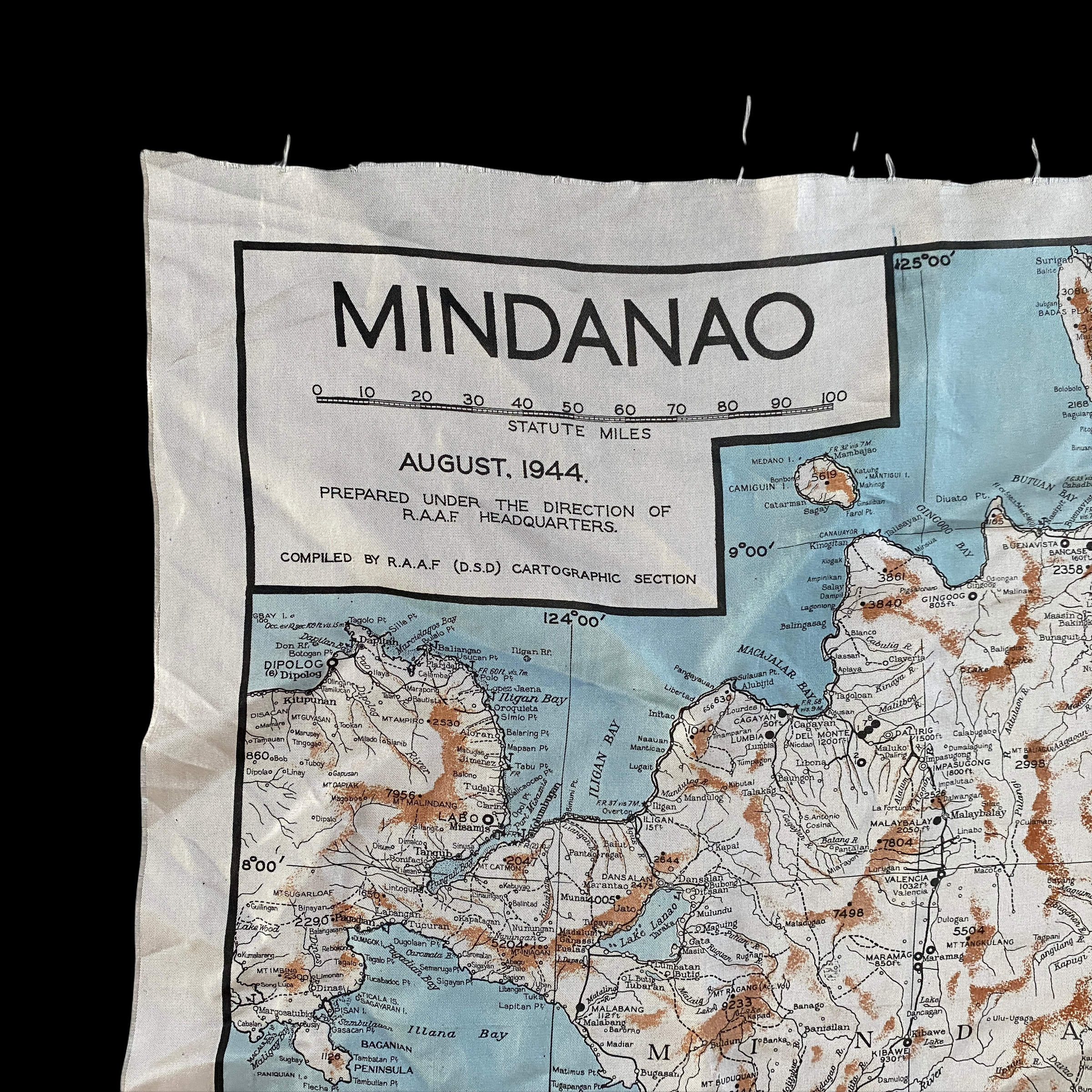

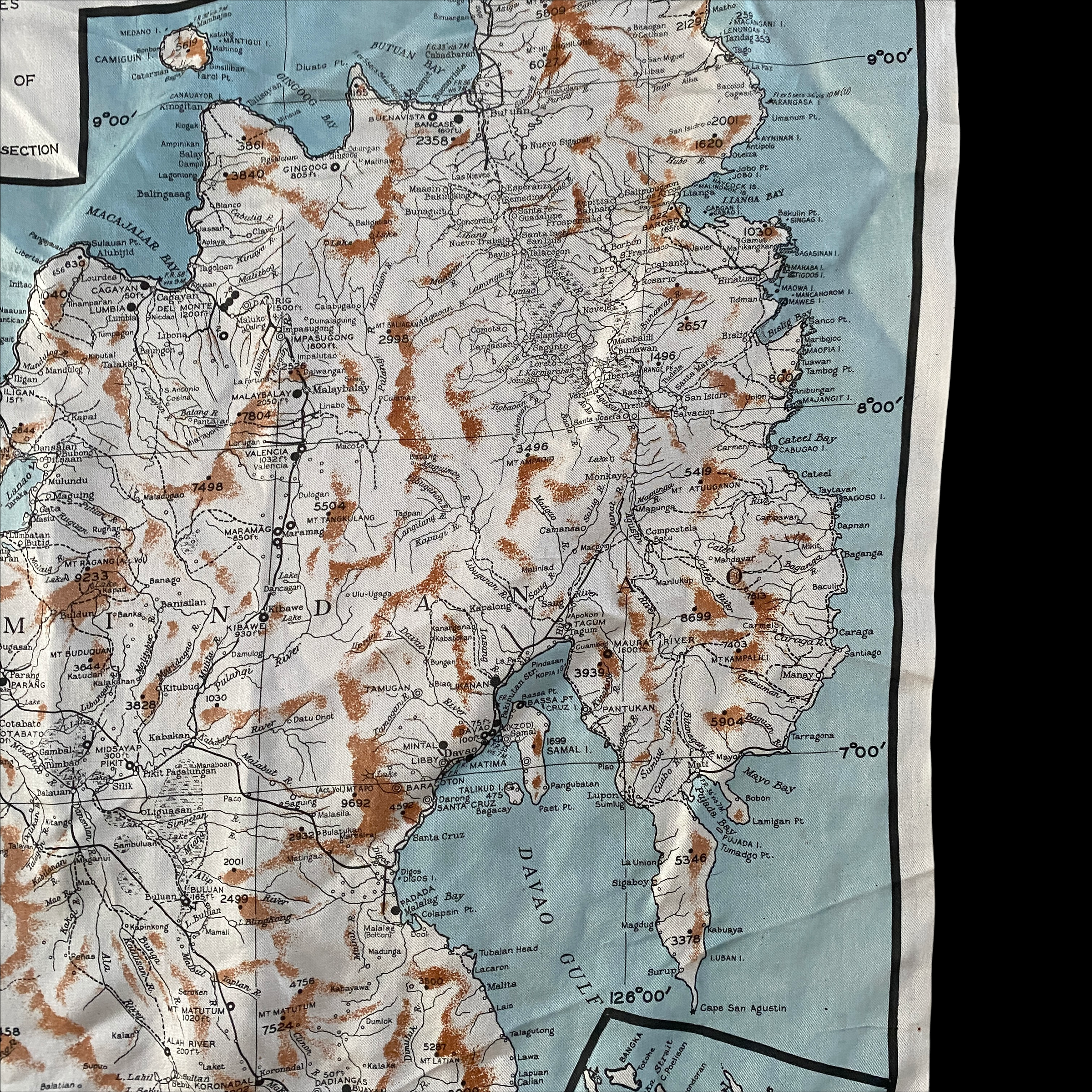

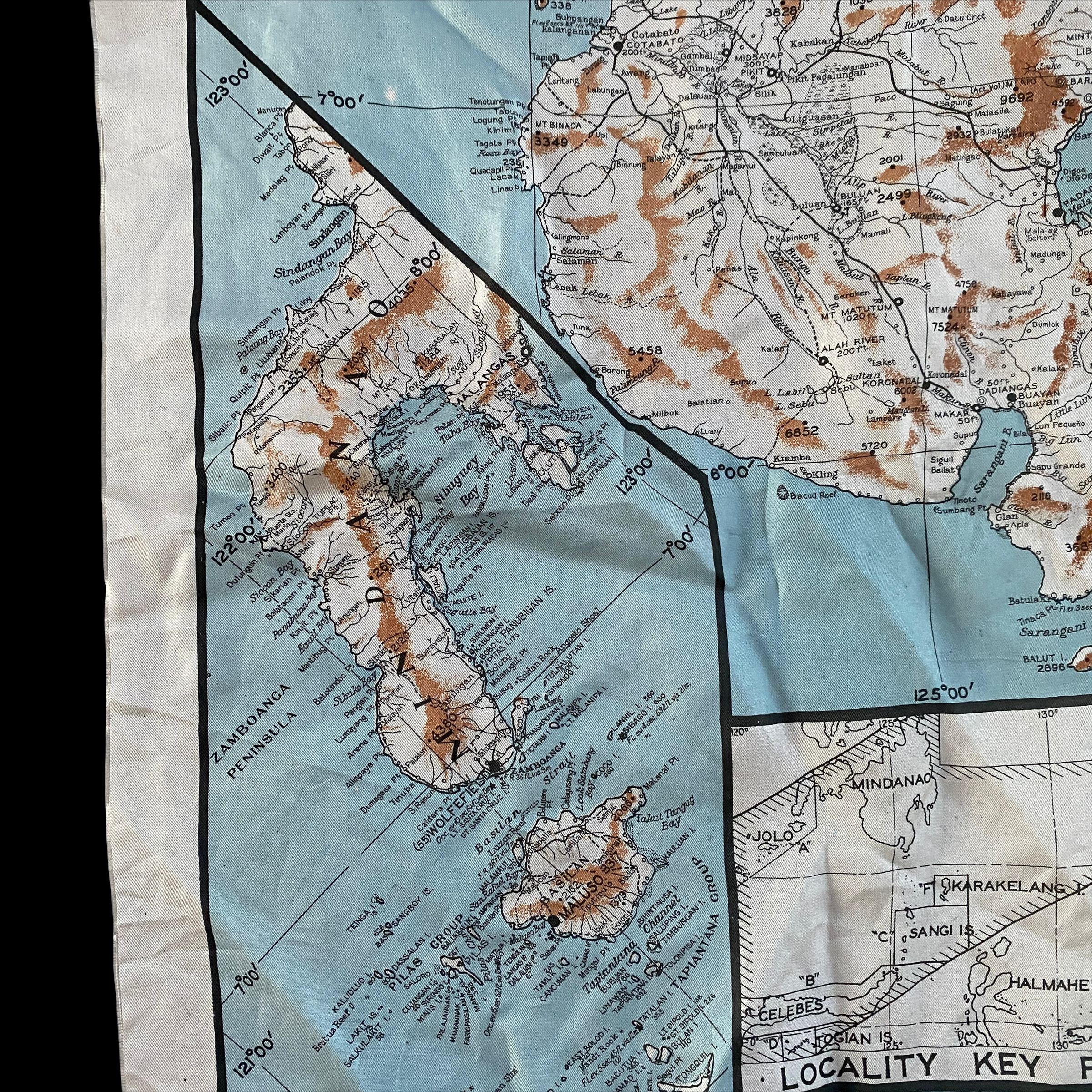
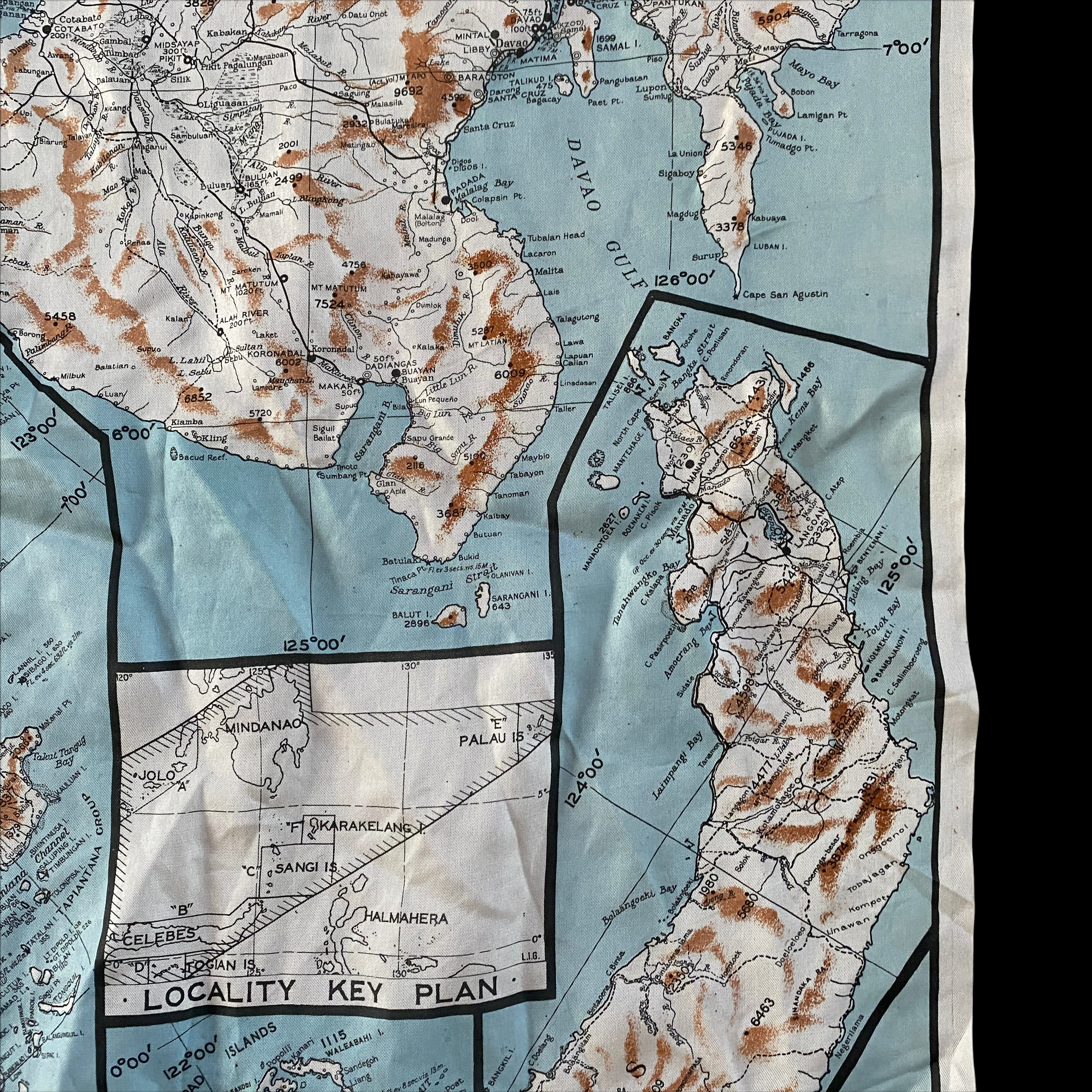
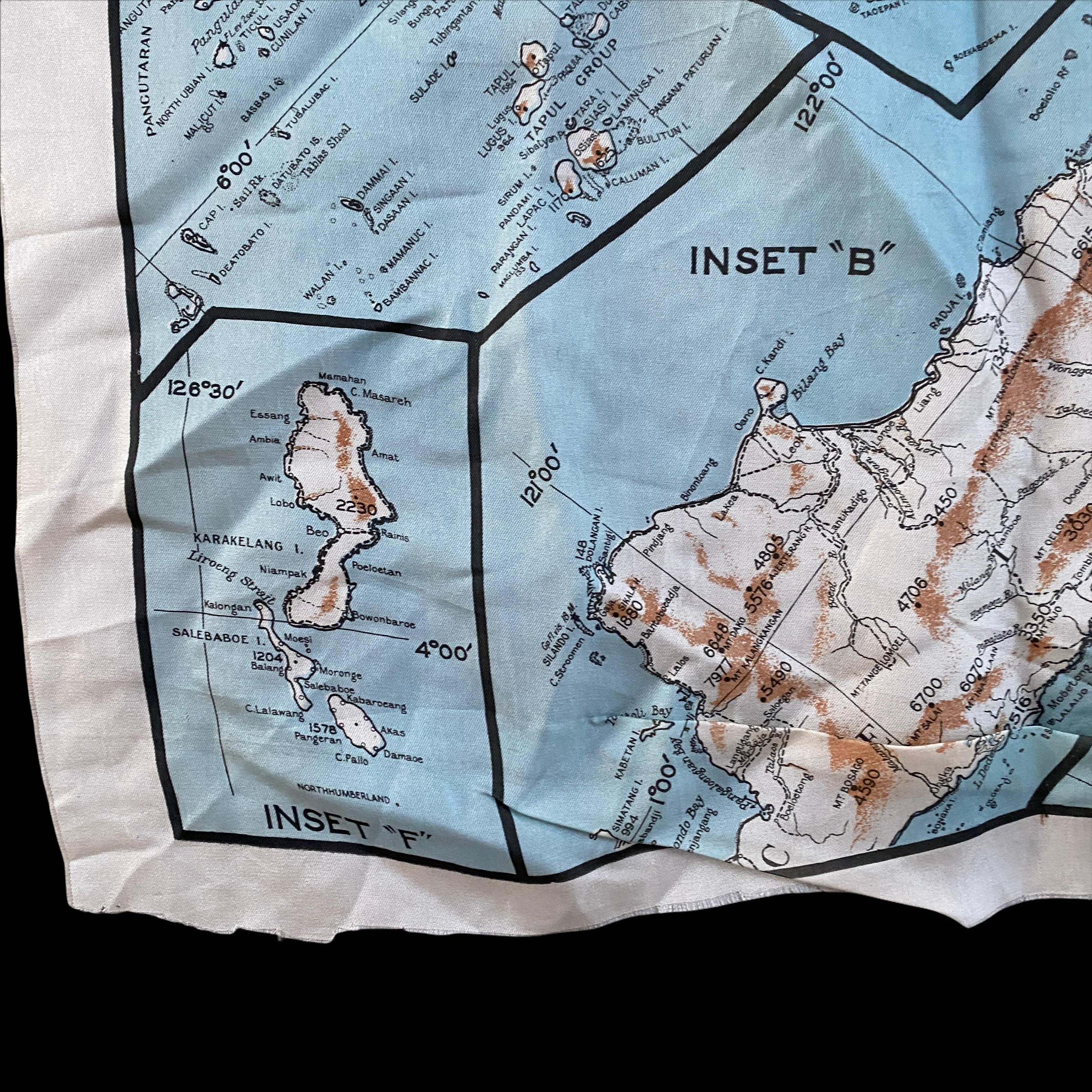










WWII 1944 Mindanao Royal Australian Air Force Pilot Philippines Campaign Bailout Silk Survival Map
Comes with C.O.A.
This large pacific theater pilot bailout survival map is dated August of 1944 and was prepared under the direction of the Royal Australian Air Force Headquarters as RAAF pilots and RAAF bomber crew members began assaulting the Japanese during the Philippines Campaign (1944–1945). This cloth chart does show signs of theater use and would have been carried by a RAAF pilot participating in the Philippines Campaign.
These cloth charts were worn as neck scarves or stuffed in the pant/jacket pockets by pilots during WWII as part of their survival gear. During WWII these silk bailout maps were produced in varying quantities by the Allied forces on thin silk (waterproof) material. The idea was that if an Allied pilot’s plane was shot down behind enemy lines they should have a map to help him find his way to safety if he escaped or evade capture.
This World War II RAAF bailout map shows some of the most famous islands of the Philippines Campaign including Mindanao, Celebes, Peleliu Island, and many other smaller island chains surrounding that same region.
The Philippines campaign, Battle of the Philippines or the Liberation of the Philippines, codenamed Operation Musketeer I, II, and III, was the American, Mexican, Australian, and Filipino campaign to defeat and expel the Imperial Japanese forces occupying the Philippines during World War II.
RAAF in the Pacific:
The beginning of the Pacific War—and the rapid advance of Japanese forces—threatened the Australian mainland for the first time in its history. The RAAF was quite unprepared for the emergency, and initially had negligible forces available for service in the Pacific. In 1941 and early 1942, many RAAF airmen, including Nos. 1, 8, 21 and 453 Squadrons, saw action with the RAF Far East Command in the Malayan, Singapore and Dutch East Indies campaigns. Equipped with aircraft such as the Brewster Buffalo, and Lockheed Hudsons, the Australian squadrons suffered heavily against Japanese Zeros.
During the fighting for Rabaul in early 1942, No. 24 Squadron RAAF fought a brief, but ultimately futile defense as the Japanese advanced south towards Australia. The devastating air raids on Darwin on 19 February 1942 increased concerns about the direct threat facing Australia. In response, some RAAF squadrons were transferred from the northern hemisphere—although a substantial number remained there until the end of the war. Shortages of fighter and ground attack planes led to the acquisition of US-built Curtiss P-40 Kittyhawks and the rapid design and manufacture of the first Australian fighter, the CAC Boomerang. RAAF Kittyhawks came to play a crucial role in the New Guinea and Solomon Islands campaigns, especially in operations like the Battle of Milne Bay. As a response to a possible Japanese chemical warfare threat the RAAF imported hundreds of thousands of chemical weapons into Australia.
In the Battle of the Bismarck Sea, imported Bristol Beaufighters proved to be highly effective ground attack and maritime strike aircraft. Beaufighters were later made locally by the DAP from 1944. Although it was much bigger than Japanese fighters, the Beaufighter had the speed to outrun them. The RAAF operated a number of Consolidated PBY Catalina as long-range bombers and scouts. The RAAF's heavy bomber force was predominantly made up of 287 B-24 Liberators, equipping seven squadrons, which could bomb Japanese targets as far away as Borneo and the Philippines from airfields in Australia and New Guinea. By late 1945, the RAAF had received or ordered about 500 P-51 Mustangs, for fighter/ground attack purposes. The Commonwealth Aircraft Corporation initially assembled US-made Mustangs but later manufactured most of those used.
By mid-1945, the RAAF's main operational formation in the Pacific, the First Tactical Air Force (1st TAF), consisted of over 21,000 personnel, while the RAAF as a whole consisted of about 50 squadrons and 6,000 aircraft, of which over 3,000 were operational. The 1st TAF's final campaigns were fought in support of Australian ground forces in Borneo, but had the war continued some of its personnel and equipment would likely have been allocated to the invasion of the Japanese mainland, along with some of the RAAF bomber squadrons in Europe, which were to be grouped together with British and Canadian squadrons as part of the proposed Tiger Force. However, the war was brought to a sudden end by the US nuclear attacks on Japan.[35] The RAAF's casualties in the Pacific were around 2,000 killed, wounded or captured.
By the time the war ended, a total of 216,900 men and women served in the RAAF, of whom 10,562 were killed in action; a total of 76 squadrons were formed. With over 152,000 personnel operating nearly 6,000 aircraft it was the world's fourth-largest air force.